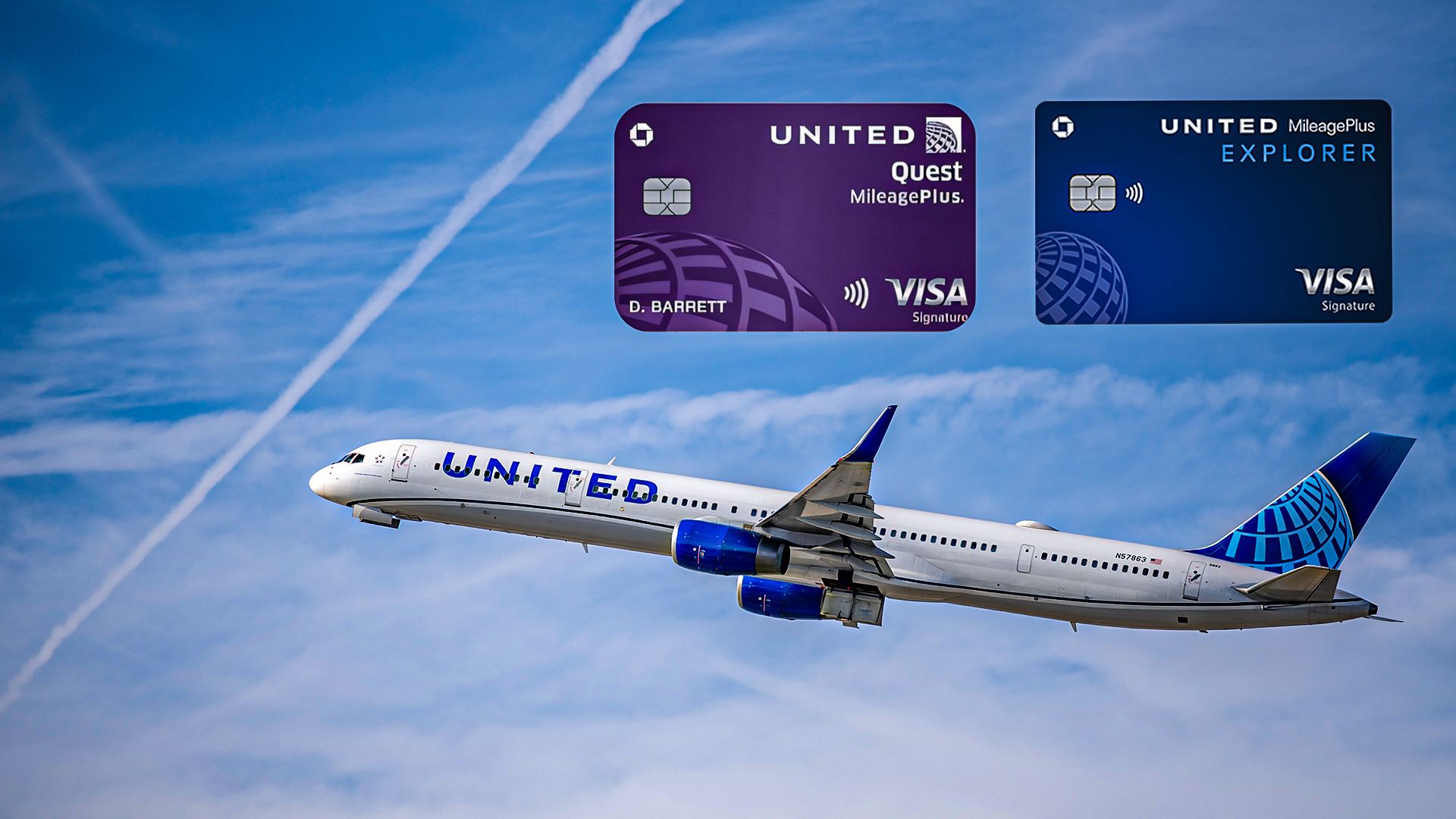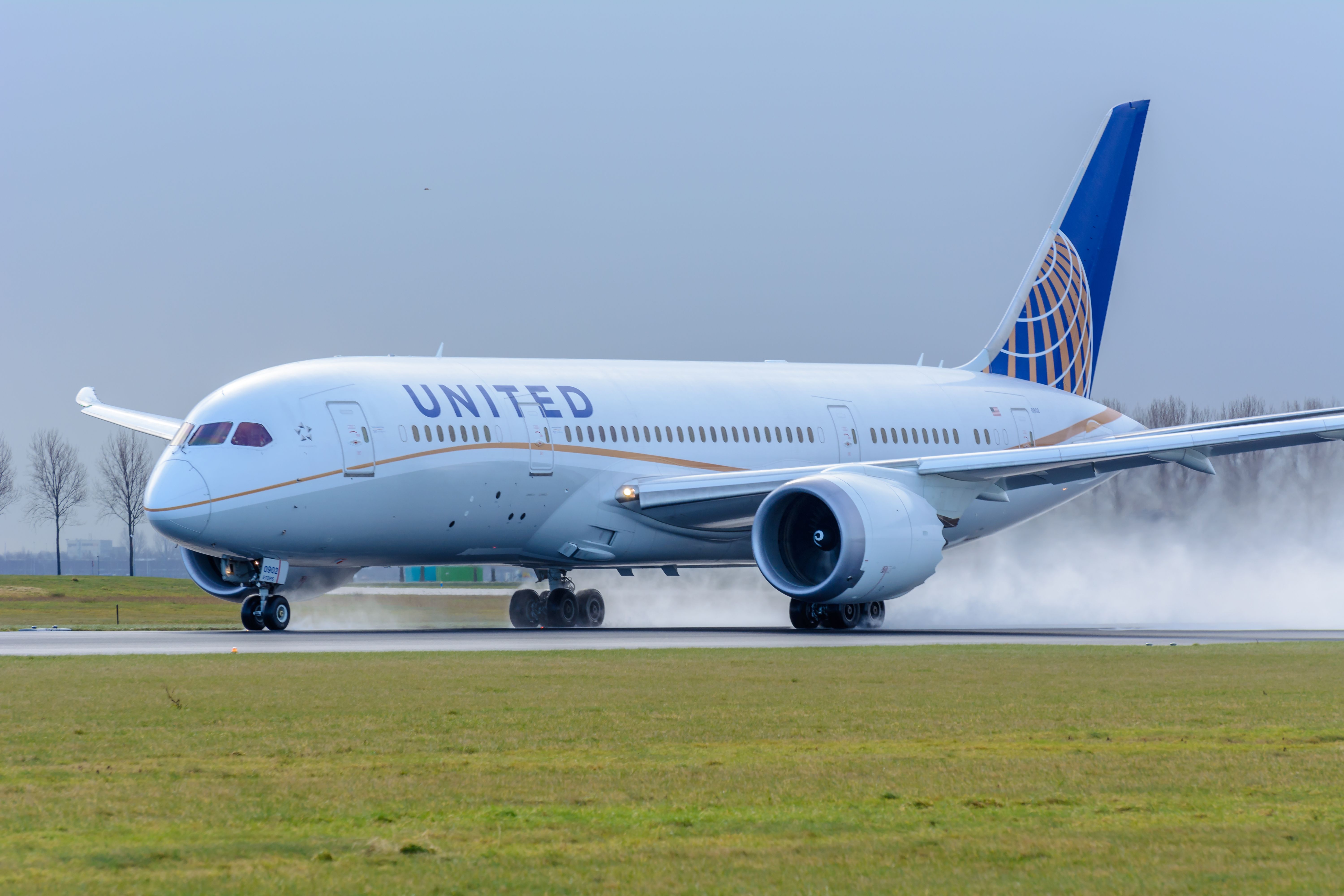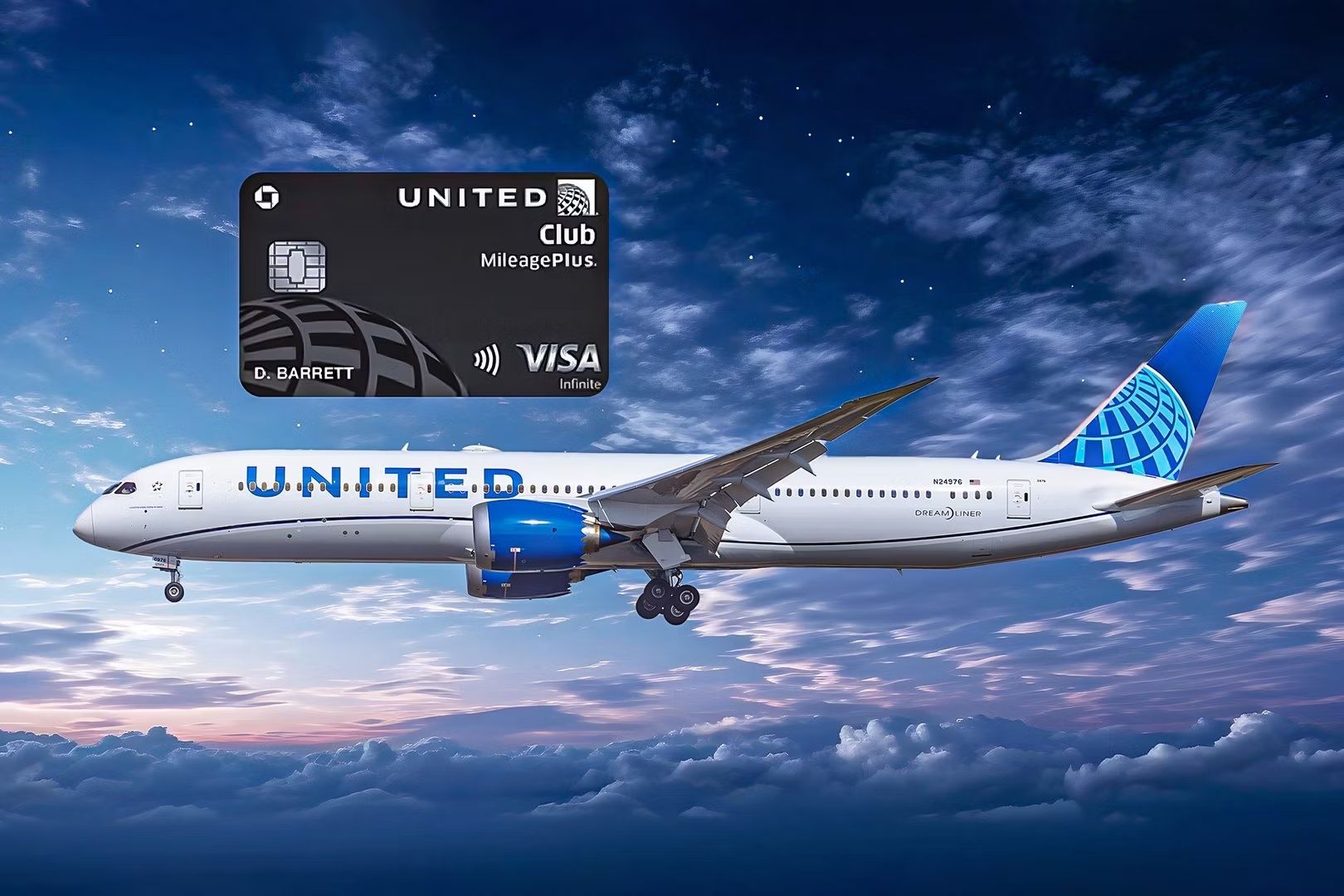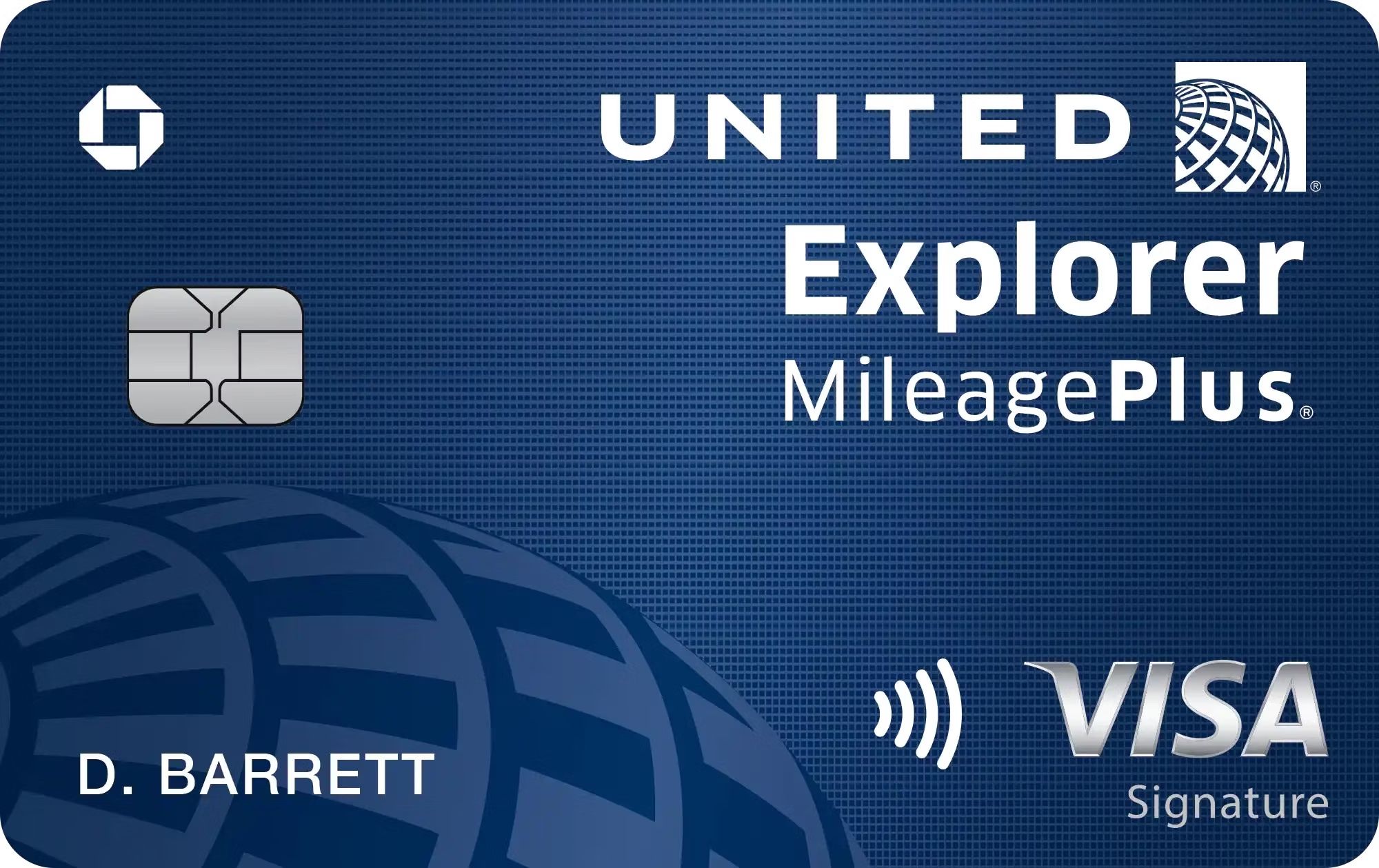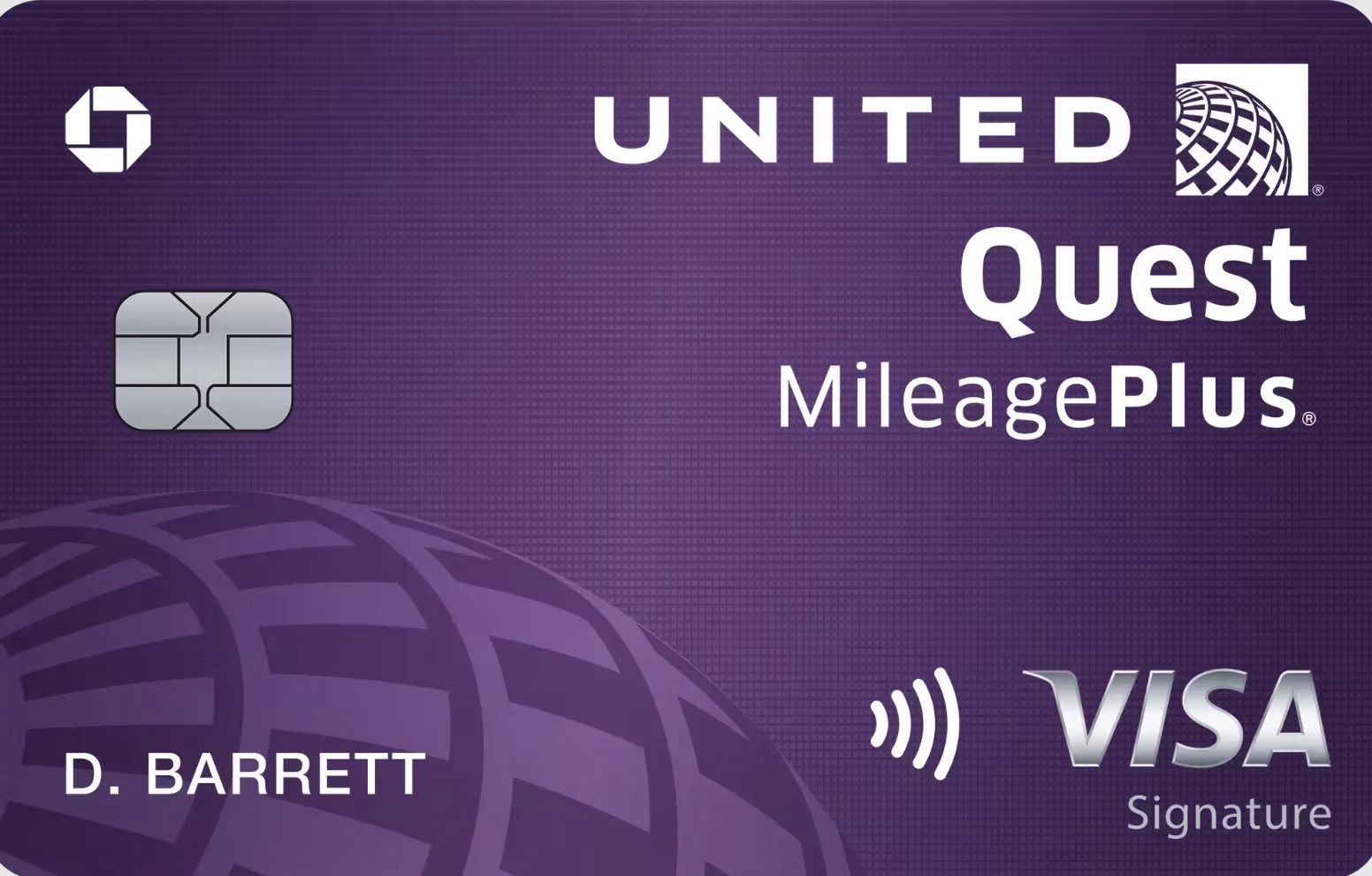Summary
- United Explorer Card offers standard benefits like free checked bags & priority boarding.
- United Quest Card has a higher annual fee but provides premium benefits & quicker mile accrual.
- United Club Card has a higher annual fee & offers unlimited lounge access, unlike the other two.
One of the best ways to earn frequent flier miles is through purchases on cobranded credit cards, which offer cardholders reward opportunities with every purchase made. Chicago-headquartered U.S. legacy carrier ![]() United Airlines
United Airlines
is one of the premier providers of cobranded credit cards in the United States, offering a line of four different personal cobranded cards, alongside multiple different business cards.
The linchpin of United’s credit card offerings is the wildly popular United Explorer Card, which routinely ranks high on lists of the best U.S. airline credit cards each year. This card offers the backbone of what everyone would expect from an airline credit card, including free checked bags, priority boarding, and the opportunity to earn miles with each purchase.
Photo: Nieuwland Photography | Shutterstock
What the United Explorer Card lacks, however, is the opportunity to leverage premium benefits like access to complimentary upgrades and the opportunity to build towards elite status for the following year. Furthermore, the Explorer Card lacks high accrual thresholds, as there are relatively limited opportunities to earn bonus miles.
That is where the United Quest Card comes in, which offers a higher annual fee in exchange for far more premium benefits. The Quest card is ideal for those looking to move up within United’s Premier status system and also for those looking to accrue miles at a far quicker rate. Let’s take a deeper look at what each of these credit cards has to offer.
The elephant in the room
The United Quest Card and the United Explorer Card are not the airline’s most premium products, and their annual fees of $250 and $99 respectively pale in comparison to the United Club Card, which has a hefty annual fee of $525. As one would expect, this fee is because the Club card provides a customer with unlimited access to the United Club lounge.
Therefore, it is important to note that the Quest Card and the Explorer Card, the subjects of comparison here, are not ideal for those in search of lounge access unless they fly business class often enough to have the status that offers unlimited access. Interestingly enough, the Explorer Card offers two one-time passes to the United Club, a benefit that the Quest Card does not come along with.
Welcome bonuses and reward accrual benefits
Both United Airlines credit cards provide extensive award benefits, with the Quest generally going beyond what is offered by the Explorer Card. One place where one can quickly draw a line of differentiation is with the two cards’ respective welcome bonuses, which are as follows:
|
Card: |
Welcome bonus miles: |
Welcome Premier Qualifying Points (PQPs): |
Spending requirements: |
|---|---|---|---|
|
United Explorer Card |
50,000 |
N/A |
$3,000 within the first three months |
|
United Quest Card |
60,000 |
500 |
$4,000 within the first three months |
The extra 10,000 miles offered by the Quest Card are likely nothing to get excited about when one considers an annual fee that is nearly $150 higher, but the 500 PQP boost can be very valuable. As Premier Silver status is offered at 4,000 PQPs, this boost can help get you on your way there quickly.
Photo: United Airlines
According to Forbes, the elite status benefits offered by both cards do not just end after the initial welcome boost. Those with the cards can earn 25 PQPs per each $500 spent on the card over the year. An upper limit of 1,000 PQPs is placed on the United Explorer Card and 6,000 PQPs are placed on the United Quest Card.
Lastly, both cards provide generous mileage accrual schedules. As one would expect, the benefits brought by the Quest Card are slightly more extensive. They are as follows:
United Explorer Card
- 3 miles per dollar on United Airlines and partner airline purchases
- 2 miles per dollar on eligible dining purchases
- 2 miles per dollar on select streaming services
- 2 miles per dollar on all travel-related expenses
- 1 mile per dollar on all other purchases
United Quest Card
- 2 miles per dollar on United Airlines and partner airline purchases
- 2 miles per dollar on hotel stays
- 2 miles per dollar on eligible dining purchases
- 1 mile per dollar on all other purchases
As we can see here, the key differentiating factor between the two credit cards in terms of reward benefits is the ability to earn more miles on the Quest Card than on the Explorer Card. Furthermore, the elite status benefits offered by the Quest Card are far more extensive.
Both the United Quest Card and the United Explorer Card offer their own set of inflight benefits, with the Quest Card, as expected, going slightly beyond its lower-fee competitor. As previously mentioned, those holding both credit cards are offered free checked bags on all United flights. However, Quest Card holders are offered two free checked bags instead of one.
Photo: United Airlines
Furthermore, the airline offers Quest Card holders an extensive number of inflight statement credits, which can pay cardholders back over the year for inflight purchases up to $125. However, the pair of one-time United Club passes offered to Explorer Card holders also offers some value to consider. Those holding Quest Cards can also enter the United complimentary upgrade list, albeit placed behind Club Card holders and Premier status members in the upgrade queue.
At the end of the day, neither of these cards drastically elevates one’s inflight experience, as the major premium benefits are mostly reserved for the Club card. Therefore, the major line of differentiation between the two cards is primarily the ability to earn miles faster.

